Table of content
Vinegar-pickled garlic, a tangy and flavorful condiment, has been a staple in kitchens worldwide for centuries. Its sharp, pungent taste mellows into a delightful balance of acidity and sweetness when preserved in vinegar, making it a versatile addition to salads, sandwiches, stir-fries, and even as a standalone snack. However, one question that often arises among home cooks and food enthusiasts is: How long can vinegar-pickled garlic be stored before it spoils? This article delves into the science behind pickling, the factors influencing shelf life, and practical tips to ensure your vinegar-pickled garlic remains safe and delicious for as long as possible.
Understanding the Pickling Process
Before exploring shelf life, it’s essential to grasp why pickling works as a preservation method. Pickling involves submerging food in an acidic solution, typically vinegar, which lowers the pH level to below 4.6. This acidic environment inhibits the growth of harmful microorganisms like bacteria, molds, and yeasts that cause spoilage. Garlic, when pickled, undergoes a transformation: its harsh raw flavor softens, and it absorbs the vinegar’s tanginess while retaining a subtle crunch.
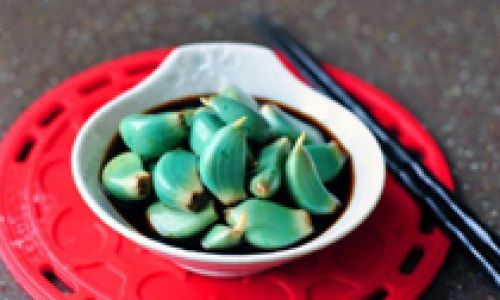
The type of vinegar used plays a significant role in both taste and preservation. White vinegar, apple cider vinegar, rice vinegar, and red wine vinegar are common choices, each contributing distinct flavors. The higher the acidity (usually 5% or above), the more effective the solution is at preventing spoilage.
Factors Influencing Shelf Life
The longevity of vinegar-pickled garlic depends on several interrelated factors. Understanding these variables can help you maximize shelf life and ensure safety.
Vinegar Acidity and Quality
As mentioned, vinegar with at least 5% acetic acid is recommended for pickling. Lower acidity may not adequately suppress microbial growth, increasing the risk of spoilage. Additionally, using high-quality, food-grade vinegar free from additives or contaminants ensures a stable pickling environment.
Storage Conditions
Proper storage is critical. Vinegar-pickled garlic should be stored in a cool, dark place, away from direct sunlight and heat sources. Light and heat can degrade vinegar’s acidity over time and promote oxidation, shortening shelf life. Refrigeration is not always mandatory but can extend freshness, especially in warmer climates.
Sterilization of Jars and Tools
Contamination during the pickling process is a leading cause of spoilage. Jars, lids, and utensils must be thoroughly sterilized before use. Boiling jars for 10 minutes or running them through a dishwasher’s sanitizing cycle can eliminate bacteria. Similarly, using clean, dry hands or gloves prevents introducing microbes.
Garlic Preparation
The condition of the garlic itself matters. Fresh, unbruised cloves are ideal. Damaged or sprouting garlic may introduce bacteria, accelerating spoilage. Peeling garlic completely removes layers that could trap moisture, reducing mold risk.
Salt and Sugar Content
Some recipes include salt or sugar to enhance flavor and preservation. Salt acts as a natural antimicrobial, while sugar balances acidity. However, excess sugar can create a breeding ground for yeast if not properly balanced with vinegar.
Submersion in Brine
Garlic cloves must remain fully submerged in vinegar. Exposure to air encourages mold growth. Using a weight, such as a glass fermentation weight or a small sterilized stone, ensures cloves stay beneath the surface.
Shelf Life: How Long Does It Last?
When all factors are optimized, vinegar-pickled garlic can last 12–18 months when stored at room temperature in a sealed jar. However, this estimate varies based on preparation and storage practices:
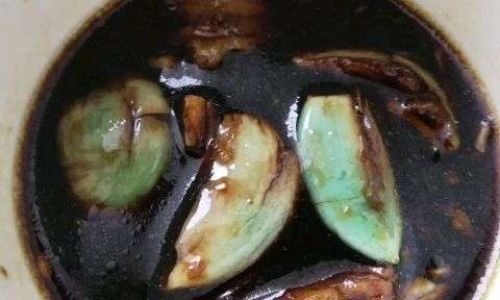
- Refrigerated vs. Unrefrigerated: Refrigeration slows degradation, potentially extending shelf life by several months. Unrefrigerated jars may last 6–12 months before noticeable flavor or texture changes.
- Opening the Jar: Once opened, exposure to oxygen and microbes shortens lifespan. Refrigerate opened jars and consume within 3–4 months for optimal quality.
- Visual and Olfactory Checks: Even if unopened, inspect the jar periodically. Cloudy vinegar, bubbling, or off-smells indicate spoilage.
Signs of Spoilage
Knowing when to discard vinegar-pickled garlic is crucial for safety. Look for:
- Cloudy or Murky Liquid: While some sediment is normal, excessive cloudiness may signal bacterial activity.
- Bulging or Leaking Jars: This suggests gas-producing bacteria, a serious health risk.
- Foul Odor: A rancid, sulfurous, or yeasty smell replaces the expected tangy aroma.
- Mold Growth: Fuzzy patches on the surface or cloves indicate contamination.
- Soft or Mushy Texture: Fresh pickled garlic should retain firmness; spoilage causes sogginess.
How to Extend Shelf Life
- Use High-Quality Ingredients: Fresh garlic and premium vinegar are non-negotiable.
- Maintain Acidity: Test vinegar’s pH with litmus paper if unsure.
- Avoid Cross-Contamination: Use clean utensils when scooping garlic.
- Label Jars: Note the pickling date to track freshness.
- Burp Jars (If Fermenting): If fermenting garlic in vinegar, release gas buildup daily to prevent explosions.
Health and Safety Considerations
While vinegar inhibits pathogens like Clostridium botulinum, improper pickling can still pose risks. Always follow trusted recipes and avoid experimenting with unsafe techniques, such as reducing vinegar ratios without compensating with salt or sugar.
Nutritional Benefits
Vinegar-pickled garlic retains many of its health-promoting compounds, including allicin (known for its antibacterial and antioxidant properties) and vitamins B6 and C. The pickling process may even enhance bioavailability of certain nutrients.
Allergies and Sensitivities
Individuals with garlic or vinegar allergies should avoid consumption. Additionally, excessive intake may cause heartburn or digestive discomfort due to garlic’s high fructan content.
Culinary Uses Beyond Storage
Even as vinegar-pickled garlic approaches its shelf-life limit, it doesn’t have to go to waste. Overly soft cloves can be blended into dressings, marinades, or aioli. The vinegar itself becomes infused with garlic flavor and can be repurposed for cooking or cleaning.
Conclusion
Vinegar-pickled garlic is a testament to the art of preservation, offering a harmonious blend of flavor and longevity. By adhering to proper pickling techniques, storage practices, and safety checks, you can enjoy this condiment for up to 18 months. While shelf life varies, prioritizing cleanliness, acidity, and temperature control ensures that every jar delivers peak taste and safety. Whether you’re a seasoned preserver or a curious home cook, mastering the nuances of vinegar-pickled garlic will elevate your culinary repertoire while minimizing waste.
Remember: When in doubt, trust your senses. A single spoonful of spoiled garlic isn’t worth the risk. With care, this humble ingredient can transform ordinary meals into extraordinary delights, one tangy clove at a time.
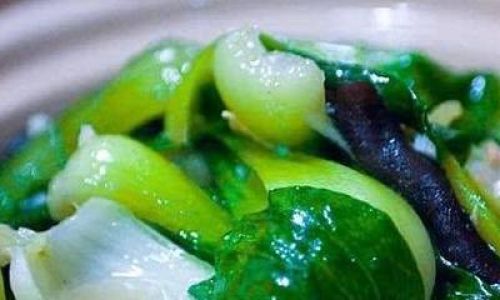
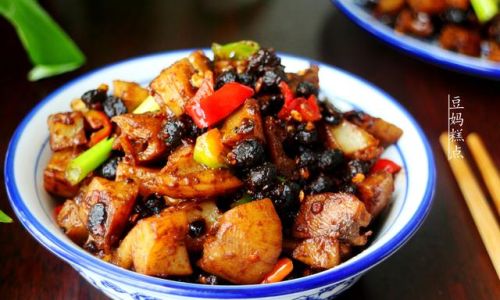
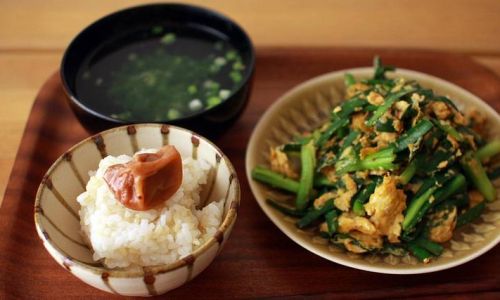
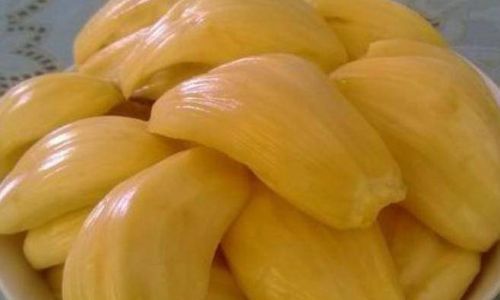
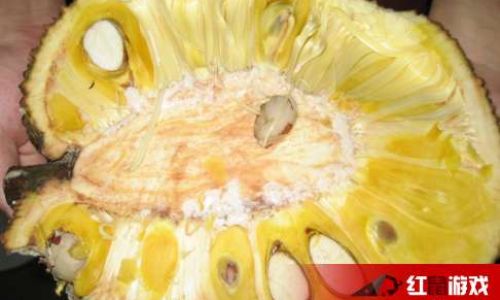

0 comments